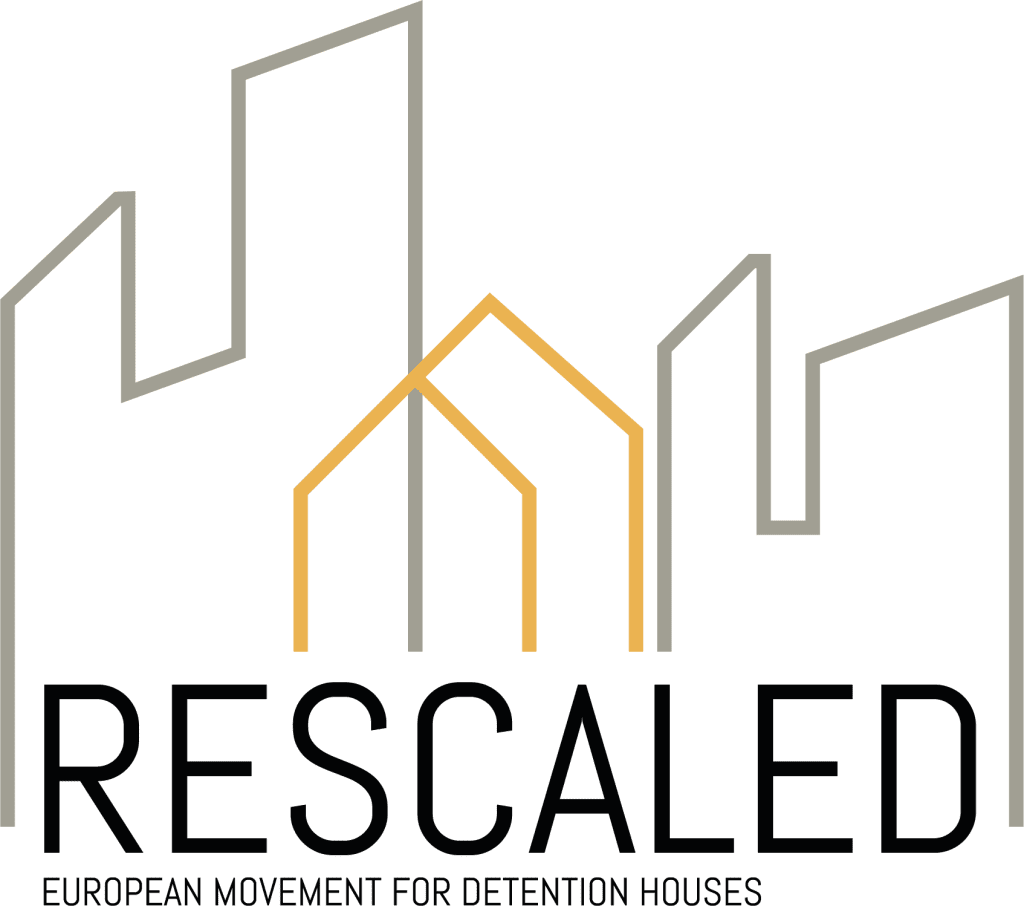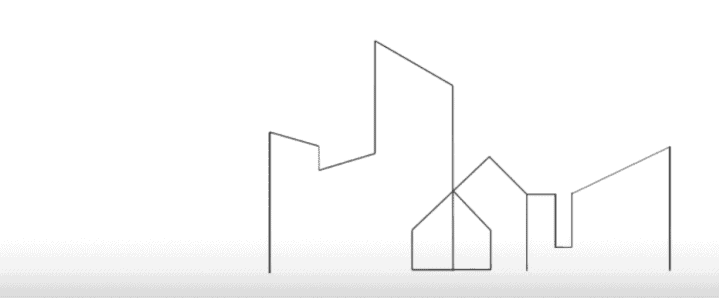“The virus in prison is going to be the death knell“. This sentence was read and heard from the first cases of the COVID-19 virus in France last March. And with good reason. Prisons are overcrowded. Despite the legal right to an individual cell (established in 1875), the law is not applied. Thus, on January 1, 2020, the occupancy rate of prisons was 116% with 70,651 prisoners for 61,080 places. Overcrowding mainly concerns remand prisons. These establishments receive two types of populations: persons awaiting trial and others who have been sentenced to short prison terms. The average occupancy rate of remand prisons is 138%. Concretely, two, three or more people are forced to share the same cell, some of them sleeping on the floor, on a mattress on the ground. France was condemned last January by the ECHR for its prison overcrowding and the undignified conditions in its prisons. Since the 1990s, the response of successive governments to prison overcrowding has been to create more prison places. Unsuccessfully… Mechanically, the more you build, the more you fill. But prison inflation in France is also largely the result of a penal system where prison is the reference sentence.
As early as March, many actors called for strong measures to avoid the dreaded hecatomb. First of all, to speed up exits from detention to ensure that a person in detention can be alone in his cell. The government has introduced orders for the early release of people sentenced to less than five years in prison with less than two months left to serve (excluding those convicted of terrorism or domestic violence) and reductions in sentences for people with good behaviour in detention. The decrease is also attributable to the reduced activity of the police and courts. Thus, in two months, the number of persons detained has been reduced by more than 13,500.

It took a health crisis to ensure that, for the first time in 20 years, there are fewer people in prison in France than there are prison places. There were 72,500 inmates for 61,000 places before the pandemic, the number had been reduced to 58,926 by 24 May 2020. But these figures hide disparities between prisons. Some prisons are still overcrowded.
Second, prison staff had to improve the material conditions of detention to prevent the spread of the epidemic. And the implementation of these measures was facilitated by the decrease in the number of people detained in the prisons. Certainly, having to take care of fewer persons facilitates the work of prison staff as well as the relations maintained with them. In addition, many persons in detention have responded by making cloth protective masks in prison. The workshops, which have been closed since the beginning of the confinement in March, have reopened and have enabled some people detained to have a salaried activity (it should nevertheless be remembered that people in detention are not subject to labour law and their remuneration is very low, between 20 and 35% of the minimum hourly wage, i.e. less than 5 euros per hour of work). The prison world has contributed, even in a confined area, to the national mobilization. The production however – about 5000 masks per day – is not directed towards the people in detention but towards the nursing and prison staff.
Thanks to the measures taken and the cooperation of the people in detention, the prison has largely been spared by the virus. From the beginning of the epidemic to the beginning of June, the prison administration has identified 66 prison staff and 186 inmates who tested positive for COVID-19.
The situation of overcrowding in French prisons is not inevitable, as the last few months have shown. Things can change if politicians show courage and take into account the demands of the actors mobilized on the issue for so many years. There has been no negative reaction from citizens to the reduction in the number of people in prison. Should this be seen as an opening up of the public to ambitious prison reforms?
Recent events force us to make prison visible and to talk about it when we would rather look away. We know that today’s prisons cause more damage than they solve. It is time to seize the opportunity presented by the health crisis to reflect on the meaning of sentencing and prison. What is the purpose of prison? How effective should it be? What kind of prison do we want for the years to come? Do we want large prisons in which it is difficult to control the spread of disease? These are complex questions that question, among other things, the architectural design of the prison (organization of space, location) and the place of the prison in society.
Picture of Fleury-Mérogis remand prison.
Reform movements in prison are not new. But what are the concrete solutions proposed? How can we think of prison differently? The RESCALED movement proposes a paradigm shift. What if we replaced the current prisons with detention houses? As the name suggests, these institutions operate on the model of a house: a small number of people are taken in and offered individualized support. For France, this is an important change. Instead of the gigantic size of several French prisons (the Fleury-Mérogis remand prison, whose construction was completed in 1968, is now the largest prison in Europe with 2855 operational places), RESCALED proposes a change of scale. It is a different way of looking at detention from the point of view of both detained persons and staff. Taking care of 10 to 30 people in a detention house allows for a more personal follow-up, relations and attention compared to the management of hundreds of persons. But while size is an essential prerequisite, the detention house also operates on two other pillars: differentiation and integration into the community. Detention houses differ according to the level of security and the programs offered. And they are not isolated from the rest of society but interact with the surrounding environment. People in detention can use the public services (medical-psycho-social, cultural, sports, etc.) offered to people “outside” and through their activities carried out in the house (catering, market gardening, repair workshops, etc.), they participate in the social, economic and cultural development of the neighbourhood.
The three pillars complement each other and work together to ensure that people are released from detention house in such a way that they can be reintegrated into society. You go into prison, you also come out of prison. But overall, the current conditions of detention do not allow for proper reintegration and rehabilitation.
There are many proposals to build a new world in different fields, ecology, economy, work, health… Let’s do the same with the prison.



